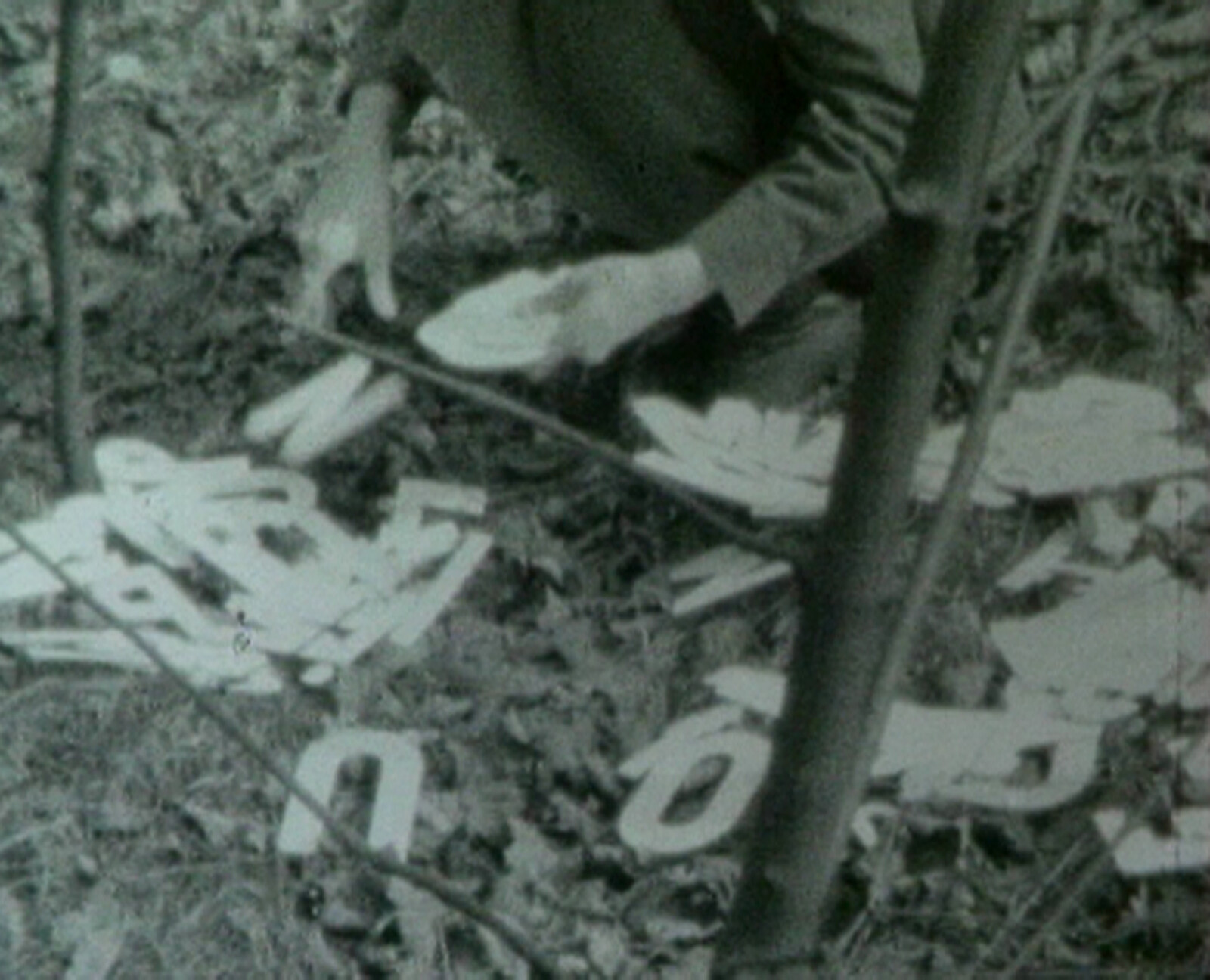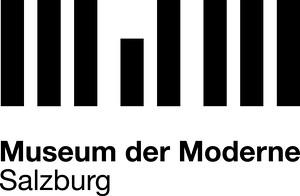From the Collections
October 20, 2018–April 7, 2019
Mönchsberg
Mönchsberg 32
5020 Salzburg
Austria
Hours: Tuesday–Sunday 10am–6pm,
Wednesday 10am–8pm
T +43 662 842220403
info@mdmsalzburg.at
The tenth exhibition in a series of thematic presentations at the Museum der Moderne Salzburg realized in partnership with the Generali Foundation turns the spotlight on the power of language, with a particular focus on the use of letters, words, and writing in works of art created between the 1960s and the present.
The collection of the Museum der Moderne Salzburg, the Austrian Federal Photography Collection, and especially the Generali Foundation Collection include numerous works by international artists—well-known treasures as well as others that have never been on public display or await rediscovery—that probe the creative potential of language as well as its role in defining society and engendering reality. The exhibition presents graphic work, collages, and publications that mix and match written language and imagery together with audio plays, objects, and installations that examine the interrelations between language and art, poetry, politics, discrimination, or questions of gender.
Created in the early 19th century, Francisco de Goya’s Los Proverbios / Los Disparates are among the oldest examples of the conjunction of image and text and the visualization of language in art in the Museum der Moderne Salzburg’s collection. In the writer Stéphane Mallarmé’s Un Coup de dés jamais n’abolira le hasard (1897), the presentation also includes an early work that conversely assimilates text to graphic art. His creative typography introduces the significance of the visual register into literature and remains a key inspiration for numerous visual artists working today, as a rich selection of works from the Generali Foundation Collection illustrates. The dialogue between image and text intensifies in the early twentieth century. Language becomes an integral part of visual art on the levels of form and content. Words, fragments of words, and entire texts appear in pictures and collages with increasing frequency. In the concrete poetry of the 1950s, language is treated as a kind of physical material; during the next two decades, conceptual art, in works that instantiate ideas, relies on language as the central medium of creative articulation. Marking a turning point in the history of art, these tendencies usher in a radically different engagement with language that still informs the—critical and formalist, poetic and playful—reflections on language in the works of today’s artists.
With works by Christian Ludwig Attersee, Robert Barry, Josef Bauer, Lothar Baumgarten, Konrad Bayer, Marcel Broodthaers, Günter Brus, Theresa Hak Kyung Cha, Lovis Corinth, Verena Dengler, Peter Downsbrough, Heinrich Dunst, VALIE EXPORT, Rainer Ganahl, Heinz Gappmayr, Francisco de Goya, Jarosław Kozłowski, David Lamelas, Else Lasker-Schüler, Stéphane Mallarmé, Wendelien van Oldenborgh, Ewa Partum, Arnulf Rainer, Gerhard Rühm, Ashley Hans Scheirl, Klaus Scherübel, Ferdinand Schmatz, Kurt Schwitters, Dominik Steiger, Andrea van der Straeten, Richard Teschner, Ana Torfs, Goran Trbuljak, Joëlle Tuerlinckx, Timm Ulrichs, Ian Wallace, Oswald Wiener, Heimo Zobernig
Curators: Antonia Lotz, Generali Foundation Collection Curator, with Marijana Schneider, Curatorial Assistant
Preview:
Camera Austria International
Laboratory for Photography and Theory
November 24, 2018–March 3, 2019
Mönchsberg [4]
For over 40 years, Camera Austria has been a photography club in Graz, a forum for debates, a gallery, a publishing house, an archive, a library, and a platform for workshops and symposia. In this exhibition, the Museum der Moderne Salzburg spotlights Camera Austria’s influence on the Austrian photography scene and networks and relationships its initiatives have helped foster. With 37 artistic positions from eleven nations.
With works by Robert Adams, Nobuyoshi Araki, Lewis Baltz, Sabine Bitter & Helmut Weber, Anna und Bernhard Blume, Petar Dabac, William Eggleston, Hans-Peter Feldmann, Seiichi Furuya, Luigi Ghirri, David Goldblatt, Nan Goldin, Sanja Iveković, Sven Johne, Lamia Joreige, Annette Kelm, Josif Király, Joachim Koester, Zofia Kulik, Darcy Lange, Tatiana Lecomte, Susan Meiselas, Zanele Muholi, Peter Piller, Walid Raad, Einar Schleef, Jörg Schlick, Michael Schmidt, Michael Schuster & Hartmut Skerbisch, Allan Sekula, Ahlam Shibli, Lieko Shiga, Nicole Six & Paul Petritsch, Jo Spence, Christian Wachter, Manfred Willmann, Tobias Zielony


